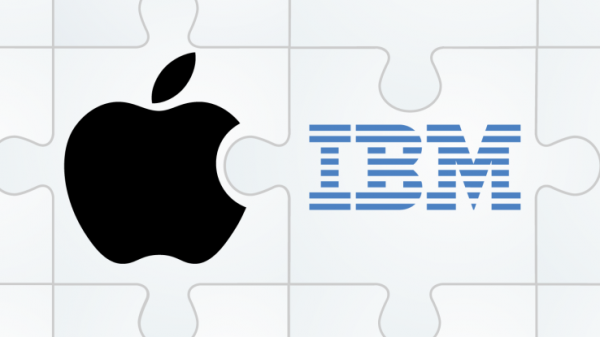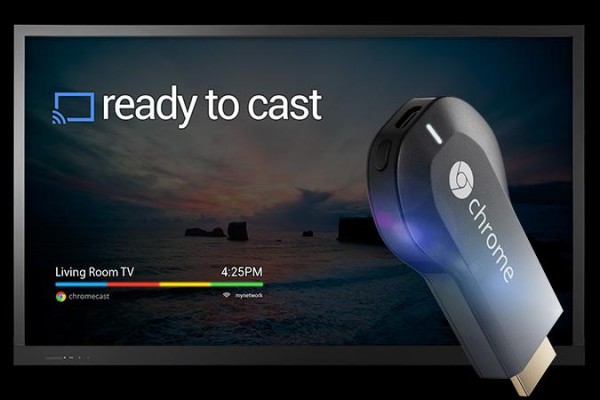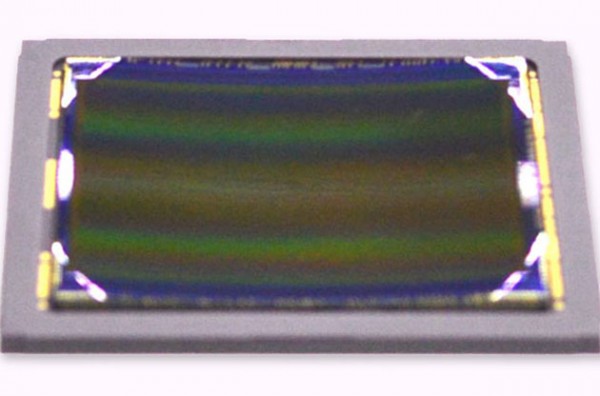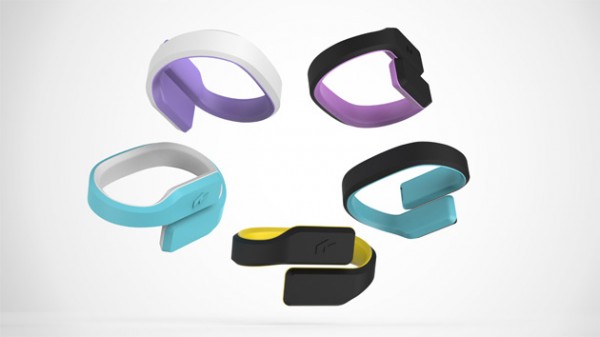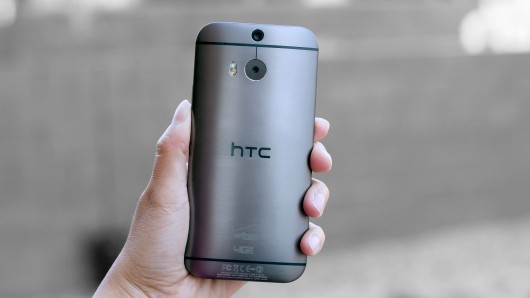
Bittorrent just launched a new and alluring chat client, “Bleep,” and it just might be what the doctor ordered for those fleeing Facebook.
When Facebook bought Whatsapp, it had 450 million monthly active users. It just recently passwed the 600 million MAU mark, and Mark Zuckerberg says it might hit the 1 billion mark faster than Facebook did.
Despite this rapid growth, many people are not excited about Facebook managed chat services, especially after the social giant started forcing users to download a separate chat app with a sketchy user agreement.
As a result, many have started looking for secure alternatives to chat options from giants like Facebook and Google. That’s where Bittorrent’s Bleep comes in. Bleep is a peer-to-peer chat client for Windows, Mac, iOS, and Android. Since it’s peer-to-peer, there is no server broadcasting your messages. All chats are a direct connection between each participant, and the connection is also end to end encrypted, meaning the sender and receiver and the only eyes involved in teh conversation. All chat logs are also locally stored, so there is no cloud to even hack. Clearing your chat history eliminates all traces of the conversation.
It may sound like that’s all a little unecessary unless you’re taking part in some shady conversations, but with the recent privacy backlash, many people just want to know that their conversations aren’t being eavesdropped. It’s not only privacy against the likes of the NSA, but Bleep doesn’t collect any metadata, meaning the contents of your conversation aren’t analyzed for any topics for marketers.
The biggest drawback to something like Bleep is that it’s yet another account that needs to be opened, and you can only chat with other registered users that have added you to their address book. That might not seem like a big deal, but part of the appeal of the likes of Whatsapp and Facebook chat is the large user base. Many people are unwilling to go through the inconvenience of setting up a new account just for privacy’s sake.
The app itself (although still in an open alpha) is fairly innovative. Once an account is created, you can activate additional devices under your account simply by scanning a QR code in the settings menu, making it extremely difficult for a third party to gain access to your account. C
ontacts can also add each other through the same QR code scanning method, meaning you don’t have to give out your actual contact infromation to anyone, adding a layer of anonymity. It would be even slicker if this step could also be completed through NFC tapping, but the service is still new, so that very well may happen down the road.
At the end of the day, Bleep might not be for everyone, but for anyone who places a high value on privacy (and has friends who place a similar value on privacy), Bleep can provide the secure Facebook alternative you’ve been looking for.
Source: PCWorld
Be social! Follow Walyou on Facebook and Twitter
Read more on Walyou, 5Ghz LTE Means More Data for More People, Apple Gives FaceTime a Boost in iPhone 6



